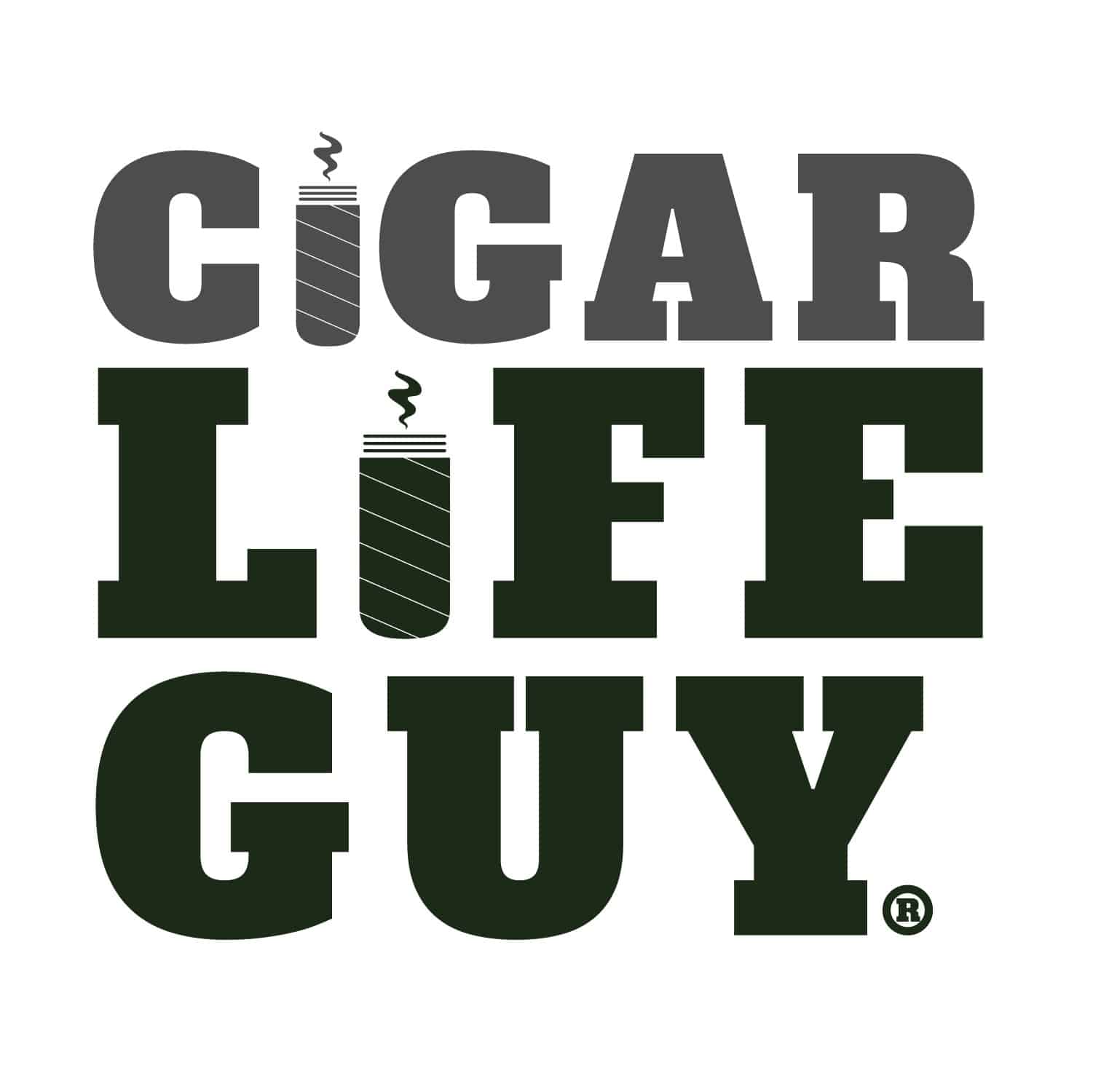If you’ve spent any time amassing a collection of cigars in your humidor, the thought of cigar mold has undoubtedly crossed your mind, and rightfully so. As cigar smokers know, there are few scenarios more terrifying than an entire stash of expensive smokes ruined by the forces of nature, leaving the owner of the furry mess devastated — not to mention smokeless.
As critical a facet of the hobby as it is, cigar mold is one of the more ambiguous topics in the realm of the homegrown tobacco enthusiast, which may have something to do with the cornucopia of opinions that the subject conjures. A cursory search through any cigar forum will illustrate that it is a topic wrought with confusion and debate.
In this article, we’ll look at common talking points surrounding the matter — the causes of mold and how one should avoid it. Finally, we’ll ponder the toxicity of cigar mold and the potential for saving a moldy cigar.
What is Cigar Mold?
As the ‘A students’ will have probably guessed by now, cigar mold is a fungus that grows on cigars subjected to specific environmental conditions. But, if we’re getting technical, mold is more of a catch-all for the wide varieties of fungi that thrive in the oxygen-rich, moist home that a subpar approach to humidor husbandry can inadvertently provide.
Candida parapsilosis and Penicillium ascomycetous are two common fungal names provided by a cigar mold study performed by an Australian biotech laboratory. Cigar mold feeds on natural sugars secreted from the tobacco leaves. It can appear in many colors — white, red, green, blue, or yellow. The fungi reproduce at an alarming rate, sending millions of airborne spores to dance the Maduro mambo all over your precious cargo, so vigilance is vital.
How to Prevent Cigar Mold
An ounce of prevention is worth a pound of cure; that’s how the argument goes, anyway. And there’s no exception when we’re talking about cigar mold. Avoid the avoidable. Whether your cigar stash is worth a couple of hundred dollars or several thousand, a quality collection is an investment. Nobody wants to toss their investment in the garbage over something easily avoidable. Attention to detail in the following categories will pay dividends and help you save your smokes.
Prevent Mold with Digital Humidity Control
Number one on the list is — you guessed it — humidity. An adequately controlled humidity level is critical to preventing cigar mold from growing inside your humidor. Of course, this assumes that you’ve invested in a quality humidor and taken the time to season it.
To avoid moldy cigars, carefully maintain your humidor between 65% and 70% relative humidity. The most precise way to do this is to use a digital hygrometer. Think precision — while an analog hygrometer might suffice in the early stages of a collector’s journey, there’s just no comparison to the accuracy of its digital successor. They’re also pretty inexpensive, ya cheap-o.
You Used What in Your Humidor?
When you’re in a pinch, it might seem tempting to use tap or bottled water in our humidity reservoirs. Yet, you may be pouring that water over the cigars themselves. Using these liquids is equivalent to setting up a tiny neon vacancy sign for mold. The mold spores might already live in the water. Alternatively, distilled water or propylene glycol significantly reduces cigar mold risk in your humidor. Humidity pouches also make a convenient alternative if you’re looking for a little plug-and-play action. The best part is you don’t need to refill them.
Know Your Cigar Source
Would you allow someone you didn’t know to enter your home, roll on your bed, make a sandwich, or take the Cadillac for a spin? Of course not! Try to think of your humidor similarly. Limit your suppliers to trustworthy vendors to minimize the risk of introducing mold into your stable of healthy sticks. You might find killer deals from poorly established, less-than-reputable online sources. But, ask yourself, is it worth the potential of contaminating your entire collection with even one contaminated cigar?
Is Cigar Mold Dangerous?
To address mold dangers precisely, you need to know what mold is growing on your cigar. Many of the molds that we encounter are harmless. But, many are nothing more than an aesthetically unpleasant nuisance. Unsurprisingly, there are also no shortages of toxic mold variants waiting to do lasting damage. So, how do you know the difference?
Ask any cigar aficionado, and you’ll likely hear different opinions. However, the general rule is if it’s white, brush it off and smoke away. However, if it’s blue or green, toss the stick.
For many, any mold on the foot of the cigar is the point of no return; this also shows that the cigar mold has gone deeper than the wrapper. Ultimately, it boils down to a subjective risk assessment. However, an important point to consider is the mitigations to avoid humans ingesting mold within the confines of a home or a building.
Can You Save Your Cigar?
Remove the contaminated sticks from the humidor if you plan on salvaging and smoking a moldy cigar. Then inspect your remaining cigars like a hungry Capuchin monkey looking for fleas. Remember, cigar mold spreads quickly. So quarantine your contaminated smokes fast to prevent more significant problems later.
You can then brush the mold from the cigar with a soft paintbrush, taking care not to damage the wrapper. If the mold brushes right off, you’re in the clear. If it doesn’t, you can dip a Q-Tip in some 151-proof rum or the like and spot-treat the stick like a civil war field surgeon. Now sit back, relax, and enjoy the taste of victory over nature.
Photo credit: Unsplash | Sandy Millar


